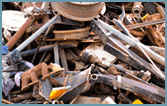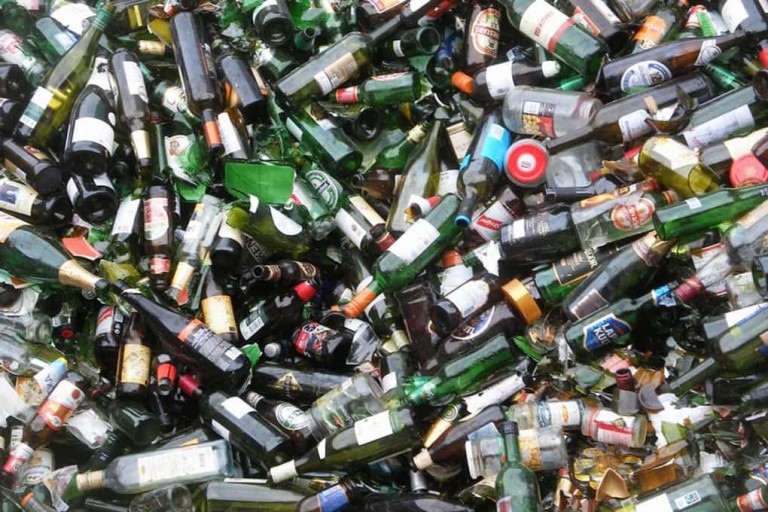Is textile recycled?
What is textile recycling?
Textile recycling is one process where old, obsolete clothes and other textiles are recovered to be used for second-hand or to be used as materials for new things. Necessary steps in the textile recycling process include donating, collecting, sorting and processing textiles and subsequently transporting them to end users of used clothing, rags or similar materials.
The textile industry is at the heart of this new, fast-growing textile recycling industry, which has already exceeded $ 1 trillion worldwide. The recycling process includes clothes, furniture, mattress materials, linens, draperies, cleaning supplies, leisure equipment and many other items.
The urgency of recycling textiles
Textile recycling is increasingly recognized as necessary by both consumers and producers of goods. Annually, over 80 billion garments are manufactured worldwide. In 2015, about 16 million tonnes of textile was generated, with solid municipal waste accounting for about 6.1% of total household waste production. The percentage of textiles made from clothing and footwear is 14.2%, while the redirection of sheets and pillow cases is 16.3% for the same year.
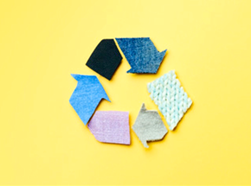
Benefits of recycling textiles for the environment:
- Reduce the need for landfill space.
- Avoid using brand new fibers
- Reduced electricity and water consumption
- Reduction of pollution
- Decrease in demand for dyes.
Sources of textiles for recycling
Recycling textiles are generated by consumers who offer everything from: clothing, vehicle upholstery, household items and more, as well as scrap.
The donation of old clothes is supported by NGOs as well as many corporate programs such as Nike and Patagonia.
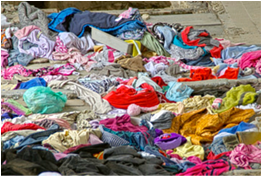
Wearable and reusable textiles
According to a source from the UK industry, about 50% of the collected textiles are reused and the other half goes to recycling. About 61% of wearables are exported to other countries. In some African countries, about 80% of people wear second-hand clothes.
In Canada, approximately 10% of charitable contributions are sold by thrift stores, and another 90% of donated fabrics go to recycling. About 35% of donated clothes are made into industrial rags.
The recycling process
Incoming non-wearable material is sorted by type, material and color. The colored material does not need to be re-painted, which means it will save energy and pollution from re-painting. The textile is then pulled into fibers or shredded, and sometimes other fibers are put into the yarn.
The yarn is then cleaned and mixed through a carding process, then twisted again, making it ready for later use in weaving or knitting. Some compress for a filler to use, for example, for mattresses.
If the textile is polyester, the clothes are cut and then pelleted for processing into polyester chips. Subsequently, they are fused and new fibers are made for polyester fabrics.

The benefits of recycling
Textile recycling helps to keep the world around us clean. Recycled clothing reduces the need for large landfills that pose a threat to the environment and groundwater. When it rains, water drains through discarded clothing and deposits dangerous chemicals into the soil. Textiles made from synthetic fibers will not decompose quickly as wools release methane during their decomposition, making both fibers problematic. When the tissues in question are recycled, this risk is greatly reduced. It is surprising that over 70% of the world’s population uses second-hand clothes. Raw materials obtained from recycled fabrics cost less; which makes them attractive to manufacturers and consumers.
The next step
Trends, such as slow-moving fashion, have begun to draw people’s attention to the relationship between clothing and the environment. Fast fashion definitely generates a lot of pollution in a short time – moving quickly to the latest product, with the “old” one quickly reaching the landfills. Consumers can accelerate the implementation of positive change by choosing clothing brands that work with durable materials that demonstrate commitment to reducing waste.
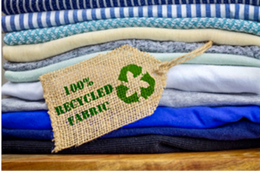
The average lifespan of a garment is three years, after which it is discarded as old. Even useful clothes, unfortunately, go to the trash because they are no longer in fashion, which is especially bad. Therefore, it is a good idea for consumers to choose beautiful, classic and well-made clothes that are worth preserving.
Customize Your Old Clothes:
There is one amazing fact that you are well aware of, namely that clothes that are considered useless and unnecessary can be creatively redirected to something new, interesting and pleasing to the eye.
- Old clothes can be reused to make floor or sofa cushions, bags, quilts, bed sheets, bed rugs or bath tubs.
- Damaged clothing can be successfully used for rags or hand wipes during cooking, and zippers and buttons can be used for dressing and decorating.
- Fabrics with bright colors, headbands and wrists can be used to make fabrics with electrifying colors.
- Old clothes can also be turned into works of art by sewing patches, buttons, beads and more.
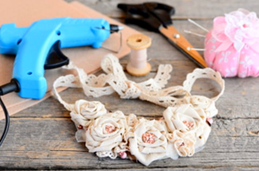
Since the beginning of the Industrial Revolution, the textile industry has been identified as one of the main pollutants of rivers. Efforts to reduce waste are already in focus even in children, due to increased environmental awareness of the world’s population. Developing a potential market for recycled products will reduce the waste that will be disposed of in landfills and will give people different models that would emphasize their individuality rather than reckless unification.
It may sound incredible, but it is up to us, the users. The good news is that the existence of an industry or different fashion brands depends on us because it is in our hands to put pressure on manufacturers to start producing more beautiful, healthy and durable clothing. It will certainly be interesting for our grandchildren and great-grandchildren to see something authentic from our times. Let’s not be ashamed of what we leave behind.
